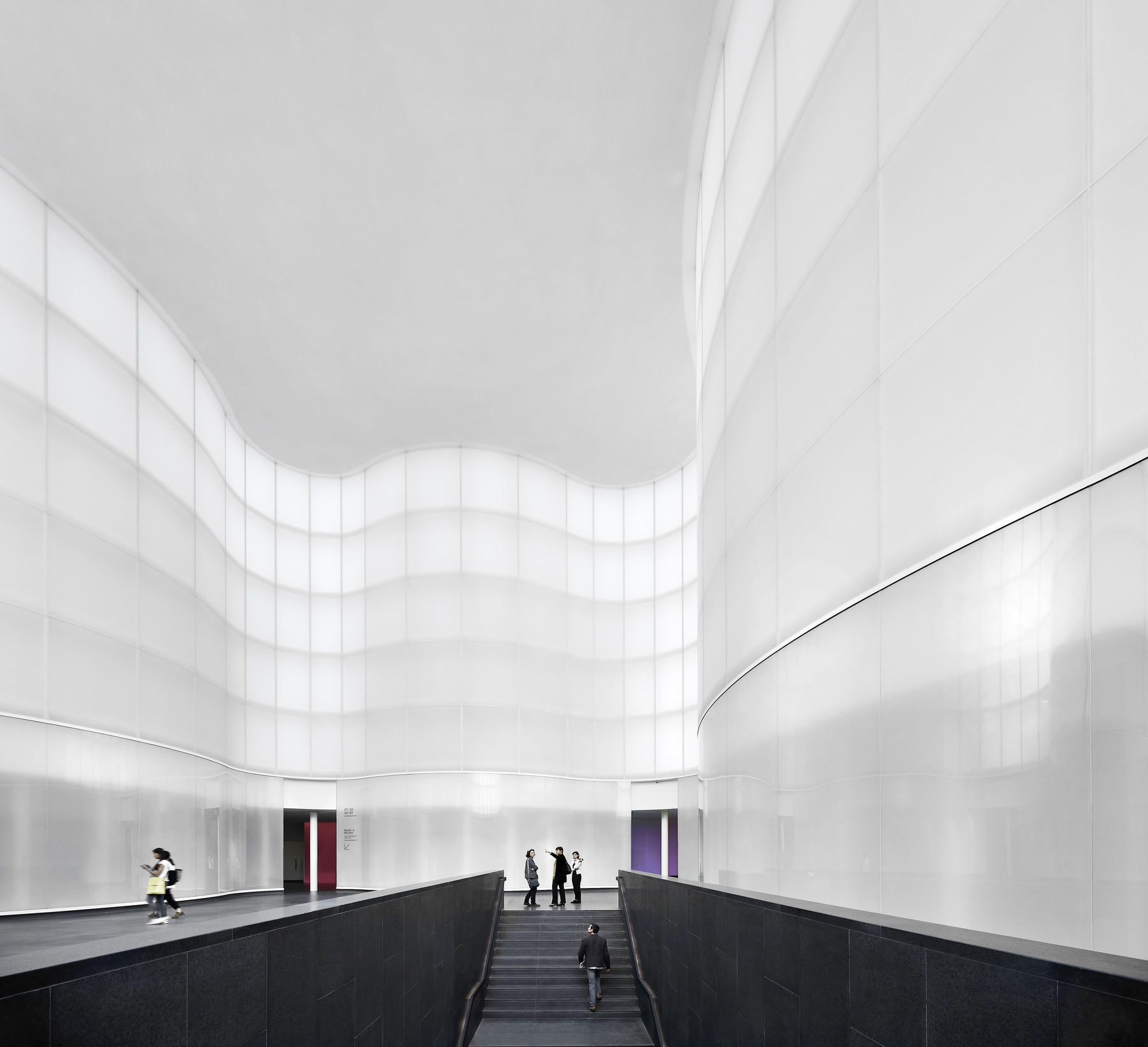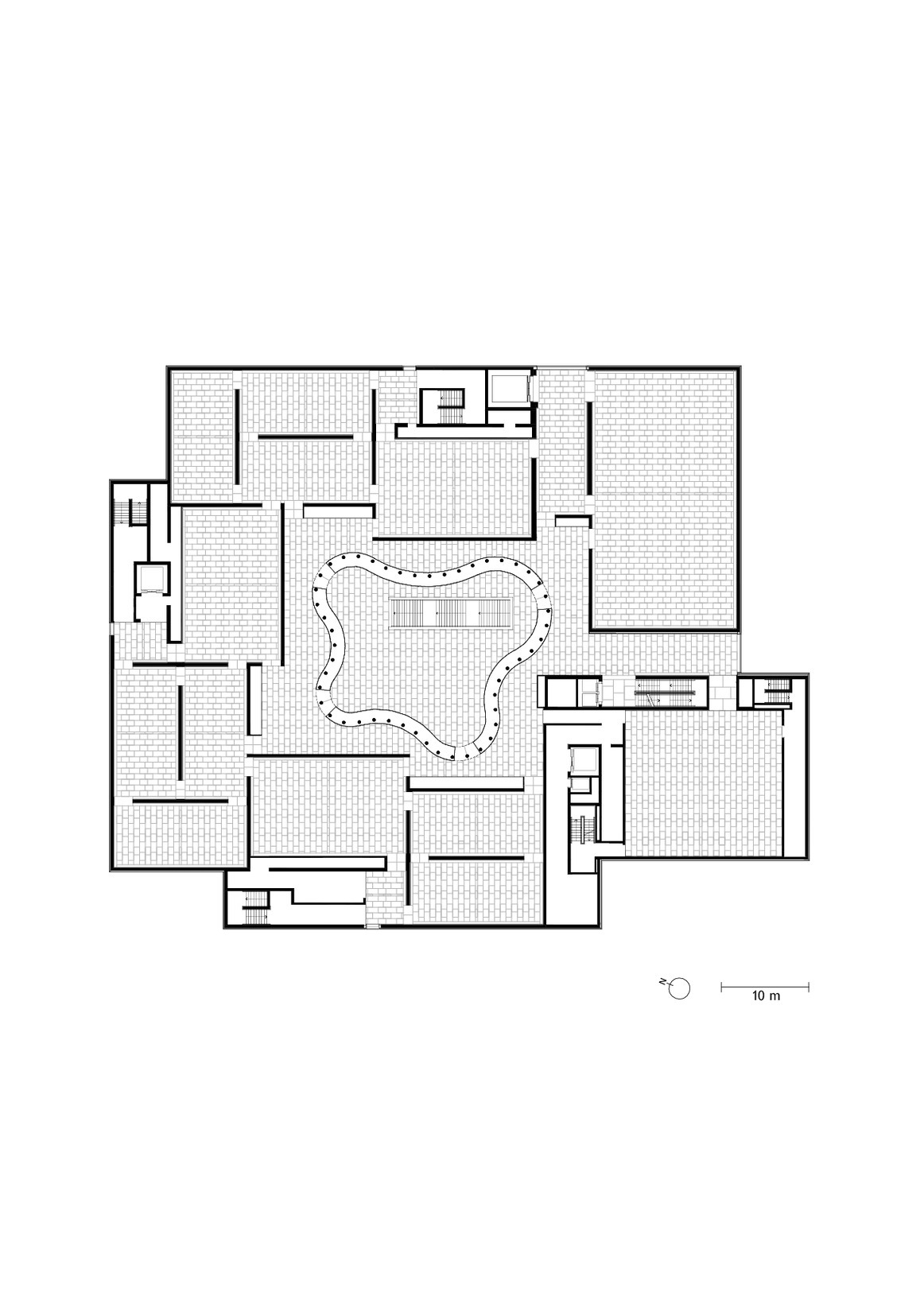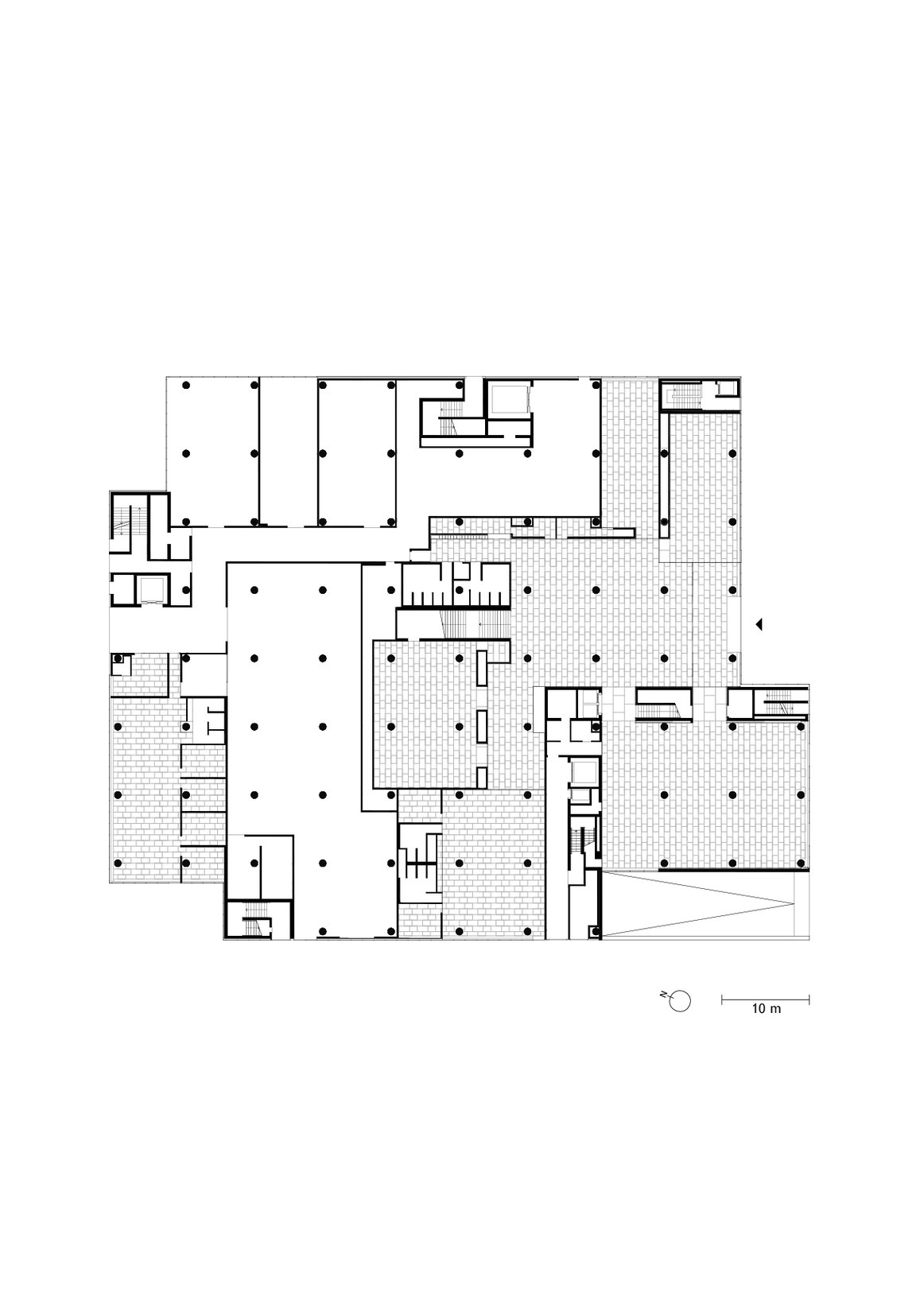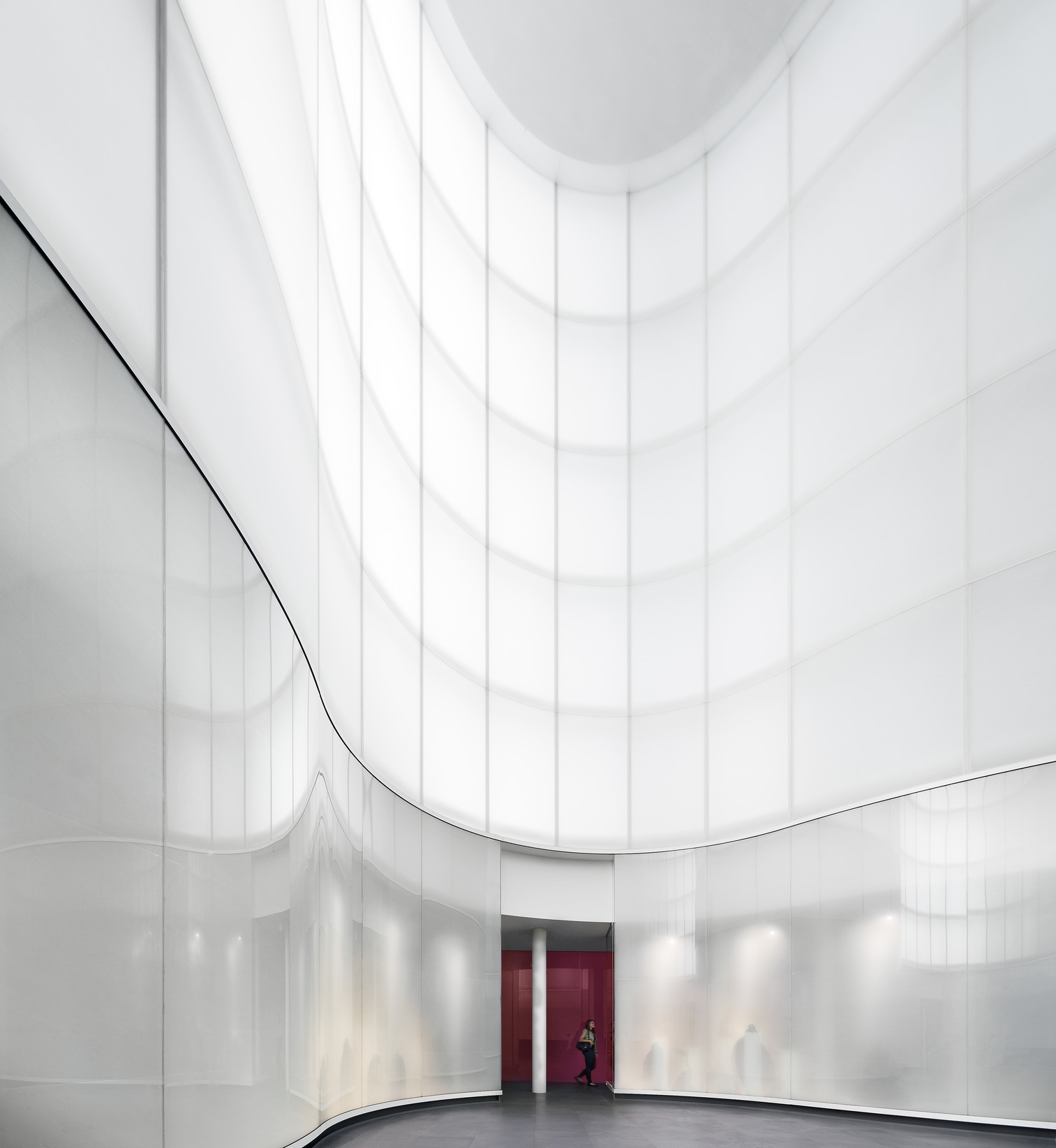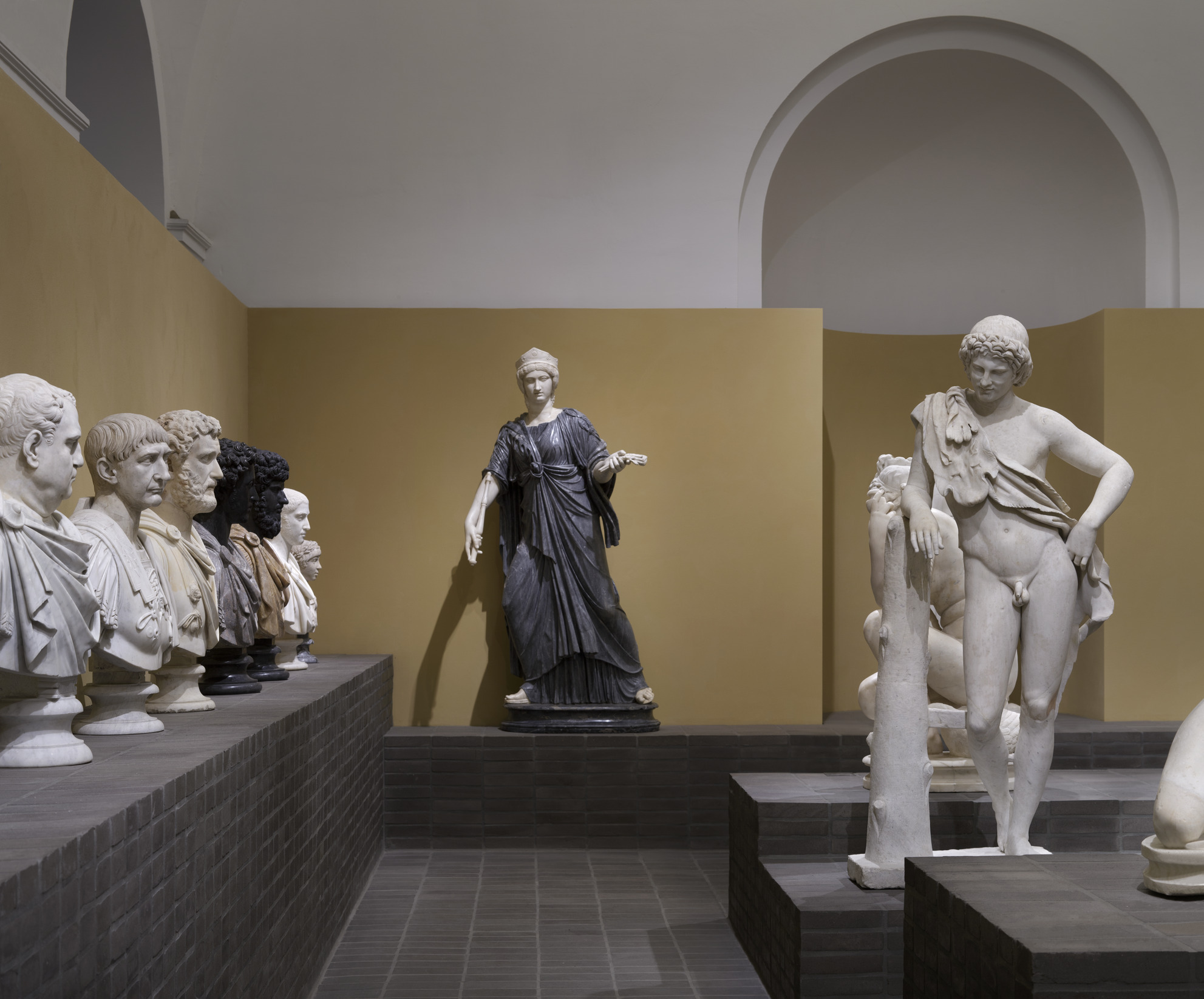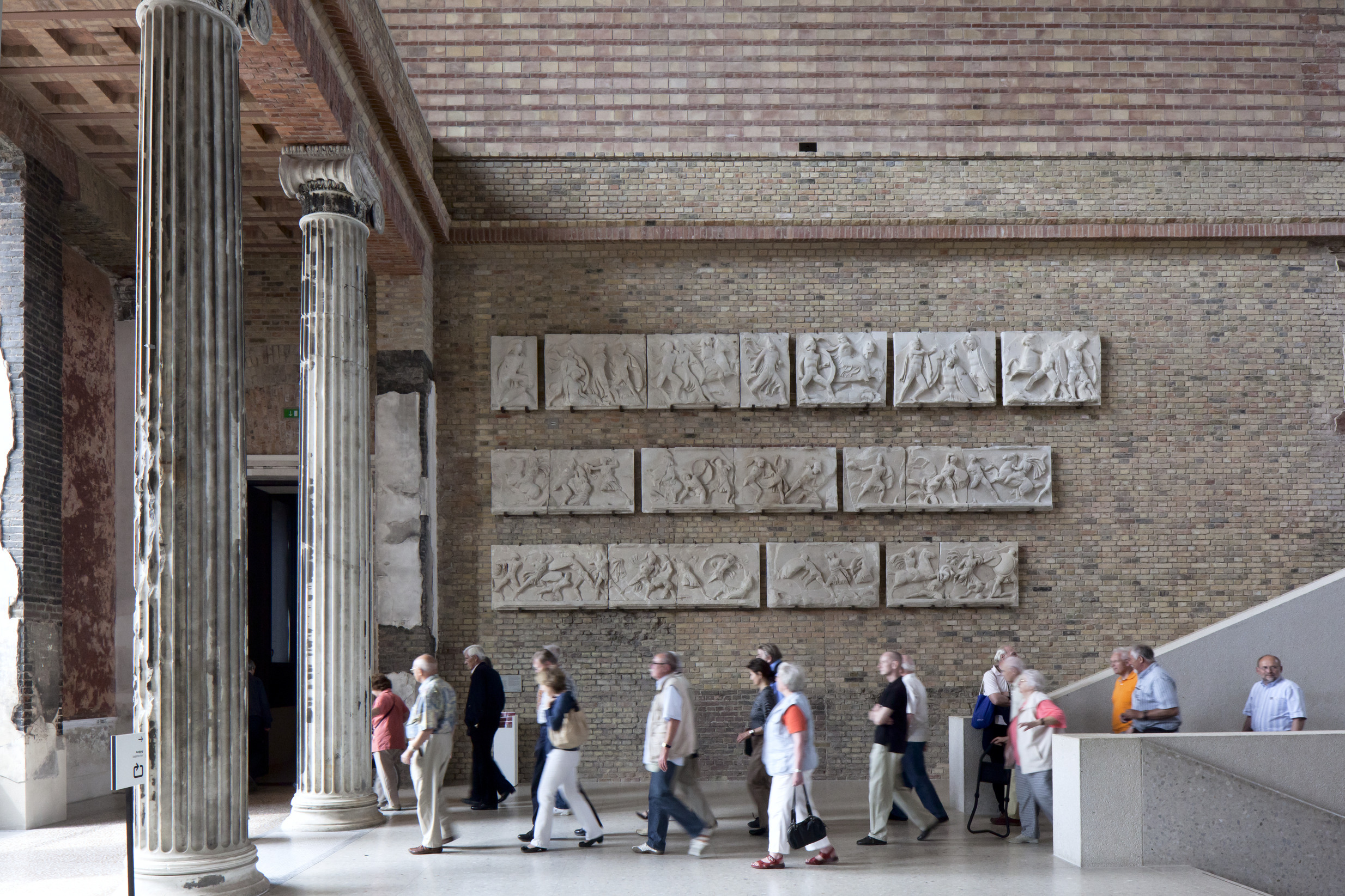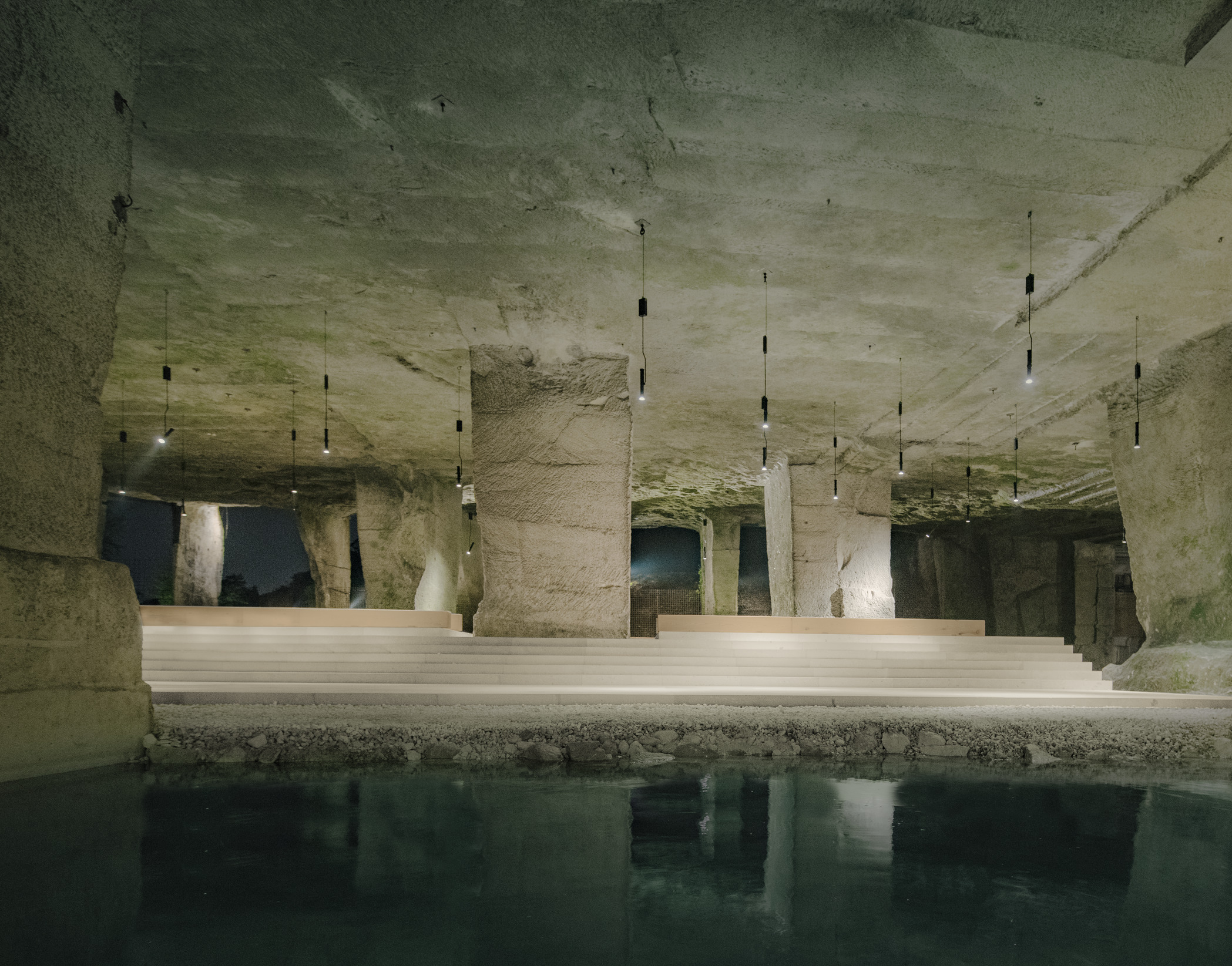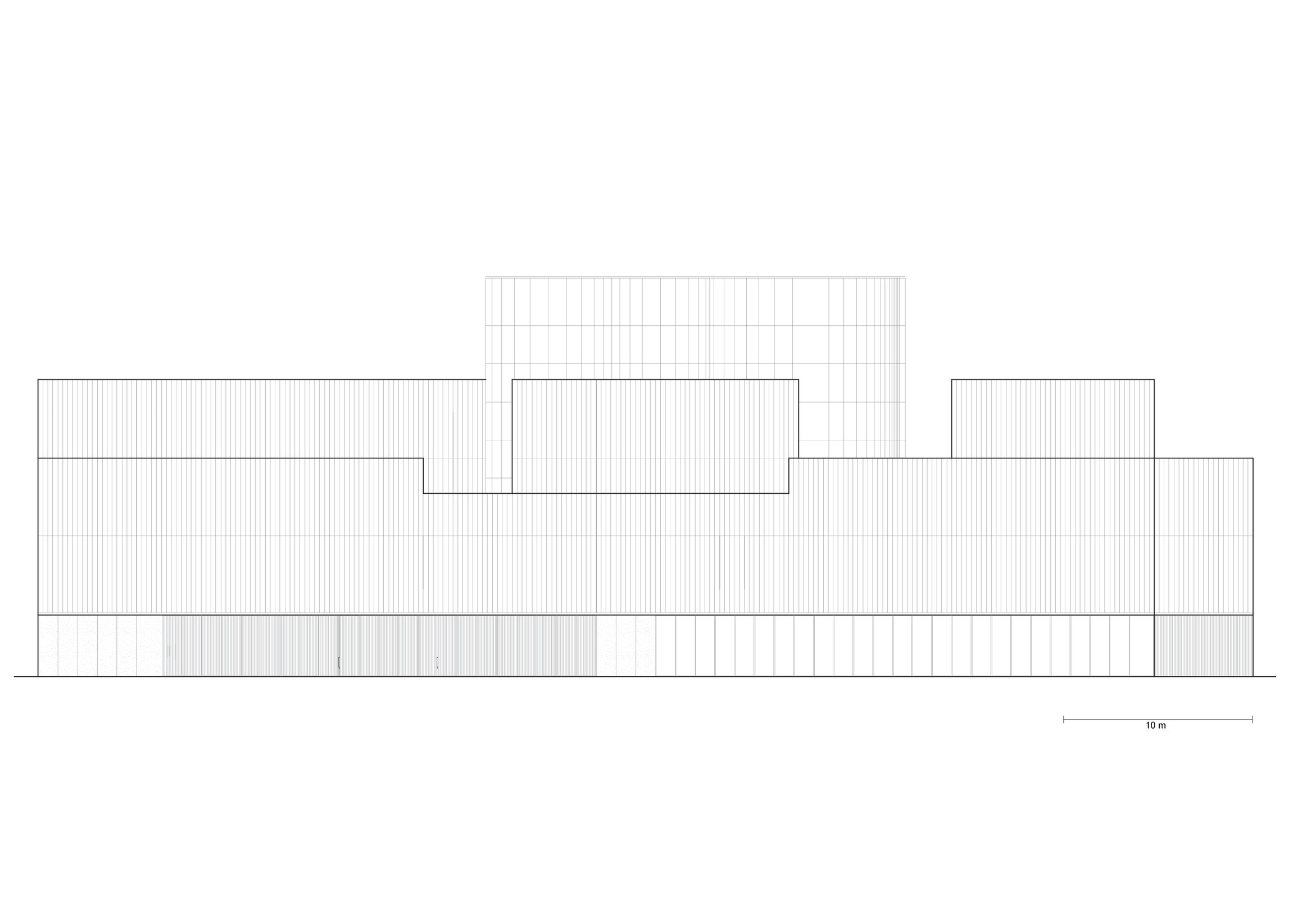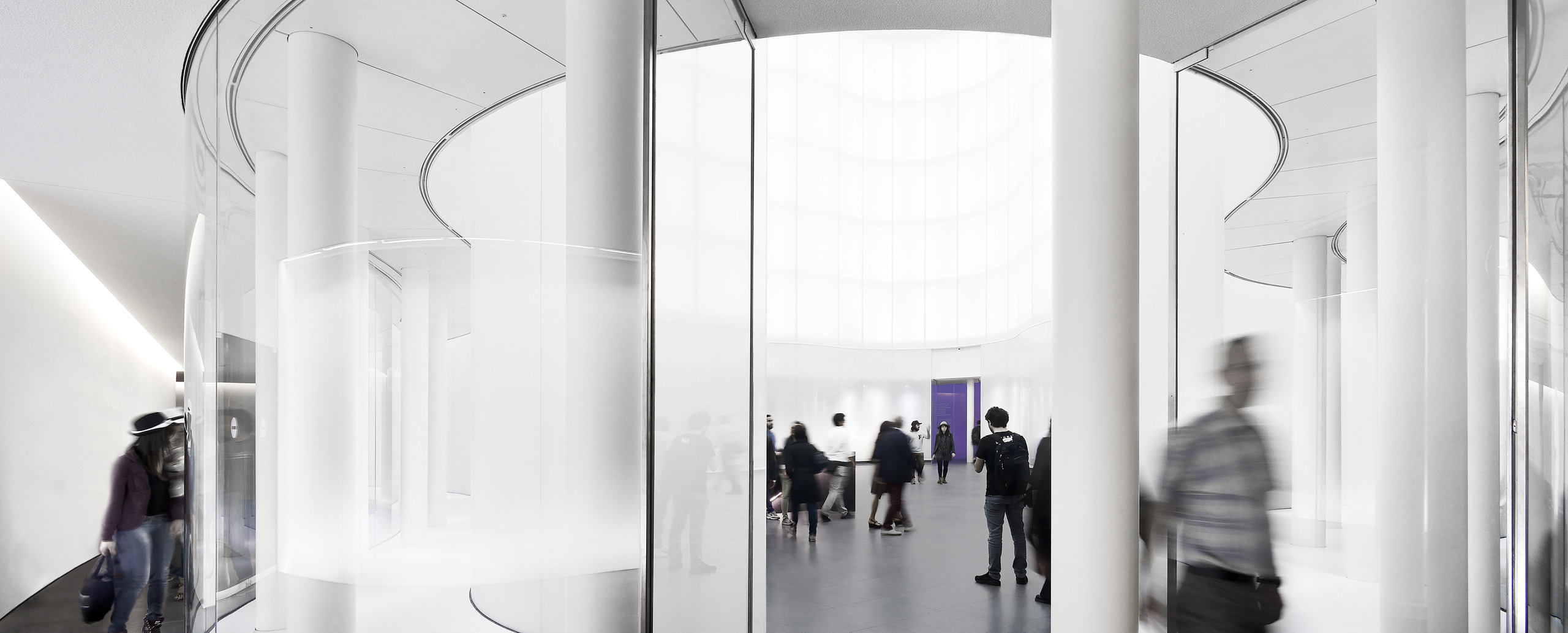MUDEC – Museo delle Culture
Milan, Italy
2000–15
The City of Cultures complex was originally conceived by the city of Milan in 1999 to transform a group of disused buildings on the site of the former Ansaldo factory. The driving idea was to assemble a number of institutions within a single cultural quarter for the city, including museums, archives and laboratories, thus contributing to the requalification of a former industrial neighbourhood in Southern Milan.
This process started with the first project for the Museo delle Culture (Museum of Cultures), which was opened during Expo 2015. Contributing to ensure a space of culture as well as encounter and interaction to the community, the museum houses and displays the municipal collections of ethnographic material and hosts exhibitions of various typology, from photographs to visual art.
The project does not have a street front, but it is surrounded on all four sides by existing historical buildings with uniformly articulated elevations, inspired by a typical Milanese typology where regular façades conceal the intricate arrangement of internal courtyards behind. As a cluster of several square blocks differing in height and size, the new building reflects the internalised quality of the wider site. They are clad in grey titanium zinc – in keeping with the industrial nature of the area – which, together with the fritted mirrored glass used for the windows on the outward-facing façades, and the continuous metallic grids that cover the roofs, gives the volumes a strong monolithic appearance. The blocks contain the galleries and, in turn, create interstitial spaces between the new and the existing buildings that become a sequence of external courtyards and passages.
A distinguishing feature of the museum is its central hall, forming a court within a court. Its amoebic curved form sharply contrasts with the rigid geometry of the surrounding monolithic forms, as well as with the regular shape of the city block and its austere façades. This luminous glass space at the heart of the building extends above the surrounding rooflines, forming a lantern that acts as a beacon across the site.
The spaces benefit from generous daylight filtered through rooflight systems.
Upon entering the building, the focus of the visitor is directed towards a generous staircase that leads from the low concrete coffered ceilings of the ground floor up to the climactic light-filled central space. In plan, this space serves as an orientation point as the galleries are configured in a continuous ring around the hall. Visitors can either walk from one gallery to the next in sequence, or return to the central space.
At floor level, the glass on the lower part of the opaline lantern is replaced with a double layer of clear glass, which serves as a display system integrated into the architecture. This device also allows for a visual connection between the galleries and the central courtyard. The columns supporting the lantern structure form a curving peristyle court reminiscent of a medieval cloister with four entries at its cardinal points.
The central hall is a glass space at the heart of the building, extending over the surrounding rooflines.
The galleries adhere to a principle propagated by Adolf Loos whereby the height is proportional to the floor area: the larger the floor area, the higher the ceiling. The spaces benefit from ample daylight filtered through a series of rooflight systems, each suited to the individual character and potential use of the room. In addition to the galleries, the first floor also accommodates an auditorium. Other facilities, including administrative offices, a library, bookshop, café and restaurant are located on the ground floor. An additional restaurant with outdoor seating is found at the top of the building, from where there are glimpses across the surrounding site.
Data and credits
- Project start
- 2000
- Completion
- 2015
- Gross floor area
- 23,000m²
- Client
- Milan Municipality
- Architect
- David Chipperfield Architects London, Milan
David Chipperfield Architects Ltd, London, UK - Partners
- David Chipperfield
- Directors
- Giuseppe Zampieri
- Associates
- Cristiano Billia, Oliver Ulmer
- Project architect
- Competition, Preliminary Project, Design Development, Detail Design: Oliver Ulmer
Adaptation Design Development and Detail Design: Giuseppe Sirica
Exhibition Design: Davide Olivieri
Artistic Supervision: Cristiano Billia - Project team
- Preliminary Project: Ram Ahronov, Judith Brown, Kevin Carmody, Mario Cottone, Luca Donadoni, Amos Goldreich, Jason Good, Serena Jaff, Alessandra Maiolino, Carlos Martinez de Albornoz, Sabrina Melera-Morettini, Sergio Pirrone, Silvia Scarpat, Sara Tempesta, Toni Yli-Suvanto.
Design Development: Tomomi Araki, Luca Donadoni, Manuel Gujber, Akira Koyama, Emanuele Mattutini, Rentaro Nishimura, Sashwin Pillai, John Puttick, Silvia Scarpat, Melanie Schubert, Sara Tempesta, Patrick Uberbacher.
Detail Design: Roberta Buccheri, Christian Clameres, Luca Donadoni, Akira Koyama, Claudia Lucchini, Emanuele Mattutini, Luca Parmeggiani, John Puttick, Oscar Rodriguez, Silvia Scarpat, Melanie Schubert, Sara Tempesta, Patrick Uberbacher.
Adaption Detail Design: Licia Cicala, Michela Cicuto, Andrea Cocco, Anna Del Nero, Claudia Faust, Elena Naldi, Melanie Schmidt.
Artistic Supervision: Gionata Comacchio, Carlo Gaspari, Noa Ikeuchi,Tommaso Meena, Elena Naldi, Lorenzo Pasqualini, Carlo Zucchia.
Exhibition Design: Federica Corrà, Andrea Del Pedro Pera, Tsukasa Goto, Maris Kojuharov, Eugenio Matteazzi, Tommaso Meena, Elena Naldi, Pietro Torricini, Carlo Zucchia. - Competition team
- Renata Bailey, Patrick Campbell, Amos Goldreich, Takeshi Hayatsu, Wolf Kipper, Amy Yee Ping, Gustav Langenkiold, Alessandra Maiolino, Tina Sophie Muller, Anat Talmor, Hau Ming Tse, Nicole Woodman, Toni Yli-Suvanto.
- In collaboration with
- Alberto Izzo & Partners srl, Naples, Italy
- Local architect
- Piuarch srl, F&P Architetti Associati
- Structural engineer
- Sajni&Zambetti srl
- Services engineer
- Arup, Manens-Tifs S.p.A.
- Lighting consultant
- Arup, Mario Nanni, Zumtobel Lighting srl
- Photography
- Oskar Da Riz
- Links
- MUDEC Milano

